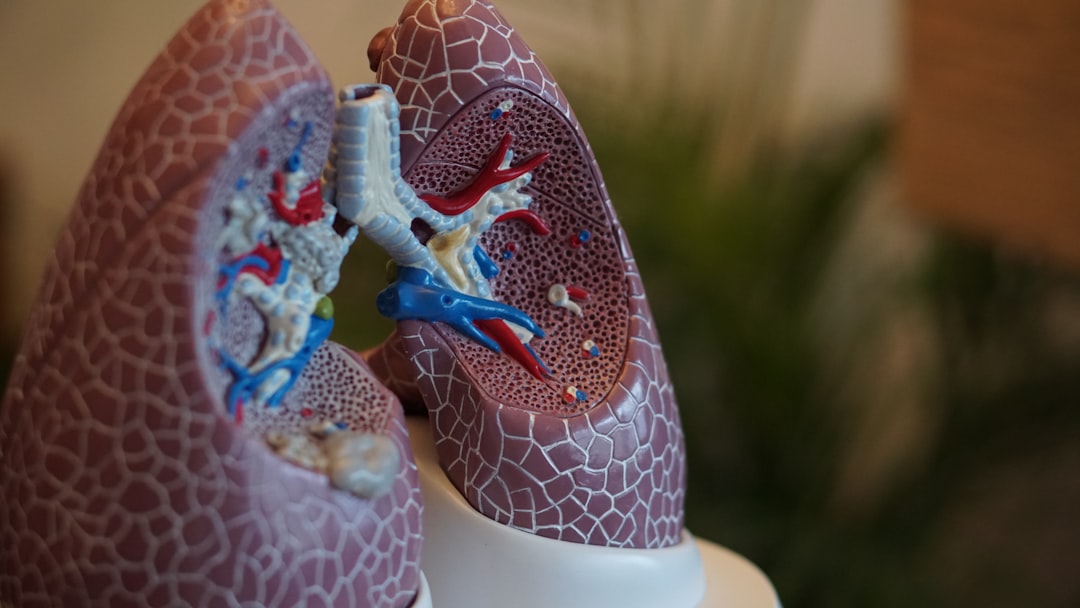Three Mindful Breathing Exercises to Calm Your Nervous System and Balance Your Brain

Photo by Lesly Juarez on Unsplash
When you start up a meditation practice, often it helps to have a focal point.
For many, that becomes the breath. You feel the cool air as it enters through your nostrils, your belly, ribcage, and chest expanding outwards with that inhalation of air. Perhaps you take a brief pause at the top, then feel the whoosh of air as it leaves your lungs, the now warm air exiting your nostrils as your belly, chest, and rib cage deflate.
It’s a simple one to start with. We all have breath. It’s the life-sustaining mechanism that keeps us moving through this physical world.
Breath is also something we turn to when we are stressed. Take a deep breath. That's the mantra we hear inside our heads when we are frustrated, or the physical symptoms of stress take over our minds.
Among the thousands of types of meditation out there, many come with some sort of breathing exercise. From the Buddhist Shamatha, or observing the breathing as is, to Pranayama, or the Yogic practice of focusing on the breath, the simple, natural act of breathing is often a central focal aspect of meditation.
This study, done in Ireland, showed a direct correlation between focused breathing exercises and a release of a natural chemical messenger in your brain called noradrenaline.
When produced in the right amount, noradrenaline is like a brain fertilizer. It’s released when we feel focused, challenged, and emotionally aroused, and it helps us create new neural connections. Although if our brain produces too much of it, we feel stressed, and if our brain produces too little, we feel sluggish and unable to focus.
So just like the fertilizer you give your garden in the summer, there is a sweet spot in the middle that breath-centered meditation can bring.
The study found that when participants were focused on an activity that required a lot of attention and focus, there was a greater synchronization between breath and attention. Noradrenaline is produced in a small area of the brain called the locus coeruleus, which, during breathing meditation, the activity in this area rises slightly with inhalation, and decreases slightly with exhalation, meaning the way we breathe directly affects the chemistry of our brains associated with attention and focus.
If you’re new to meditation, or even if you aren’t, here are three ways to incorporate breath as a focal point to your meditation practice:
One. Focus on your breath as is.
In the Buddhist practice called Shamatha, the idea is to focus on the natural cycles and rhythms of the breath as it is. This is a great method for novice meditators, as it will connect you to the natural cycle of your breath and help you begin to establish this breath-body-mind relationship.
Sit comfortably with your back straight, soften your gaze, feel yourself root down through the ground.
Tune in to the natural cycle of your breath. Feel your belly and rib cage rise as you inhale, then fall again as you exhale.
Feel the air pass through your nostrils as you inhale, then the warmer air exit your nose with your exhale.
Don’t consciously try to breathe any deeper or slower, just tune into your breath exactly how it is without judgment. When your mind wanders, gently bring it to your breath.
This method will also help you begin to reap the benefits of meditation. This study showed that this type of mindful breathing meditation improved the attention spans of participants, and had the potential to change the long-term trajectory of age-related cognitive health.
Two. Twelve-Fold Lower Belly Breathing.
In this practice, the breath intentionally goes much deeper. Here is a guided meditation for this practice by Dr. Reggie Ray that is about 35 minutes long.
First, get yourself into a comfortable seated position, muscles relaxed, eyes softly focused.
As you inhale, think about breathing into a spot just below your navel about one inch deep. Take a medium to big breath, but not aggressively. Feel your stomach expand as this spot becomes the center point to the air accumulating inside of you.
Then with the exhale, let go of every square inch of air inside of you. Tighten your gut, butt, and curl your pelvis slightly to squeeze all that air out until not a drop is left.
Repeat this twelve times, then settle into your awareness.
This is a form of somatic meditation that brings a great amount of awareness to the body.
Dr. Ray explains that the body holds a great deal of wisdom, and communicates through subtle somatic intuition (your gut feeling or your heart telling you to do something).
When we can practice somatic meditations such as this one and tune into the subtle but profound wisdom of the body, we tap into a whole new level of wisdom and awakening.
Three. Alternate Nostril Breathing.
I often give this one to clients of mine that need a simple, natural way to relax and calm the nervous system. It’s more involved than just a focus on the breath, yet has the same profound effects.
Nadi Shodana, or Alternate Nostril Yoga Breathing (ANYB), is a focused type of mindful breath meditation that physiologically balances out the two hemispheres of the brain, reduces blood pressure, and increases alertness and focus. This method can be used to settle yourself into a meditation practice or to ease racing thoughts if you are experiencing anxiety or having trouble falling asleep.
To practice this, sit comfortably in your meditation stance, spine straight, eyes softly closed.
Place your left hand on your lap and with your right hand, plant your middle and pointer fingers on your forehead to use as an anchor.
On your first inhale, plug your right nostril with your thumb, and inhale slowly and as deeply as you can only through the left nostril.
At the top of the inhale, plug your left nostril with your ring finger, pause briefly, then lift your thumb from your right nostril and exhale slowly and steadily. At the bottom of the exhale, switch your fingers, and repeat.
Repeat this five or six times, then switch which nostrils you are inhaling and exhaling from, and do another five or six rounds.
Continue this practice for as long as you desire. Some experts recommend doing this for about eighteen minutes at a time to reap the benefits.












If you enjoyed this article or recipe, please consider giving it a comment! It helps others discover my blog and recipes, and your comments always make my day :) Thank you for your support!
Your email address will not be published. Required fields are marked *